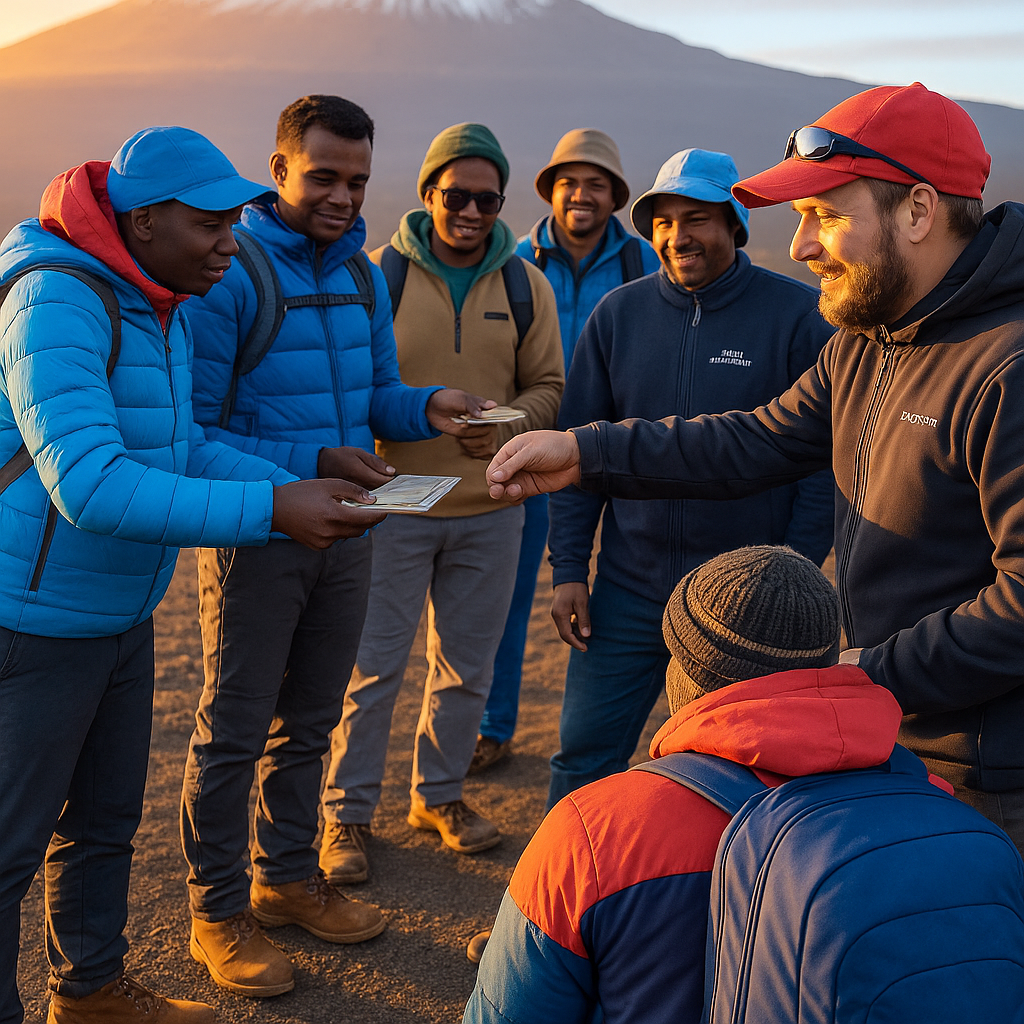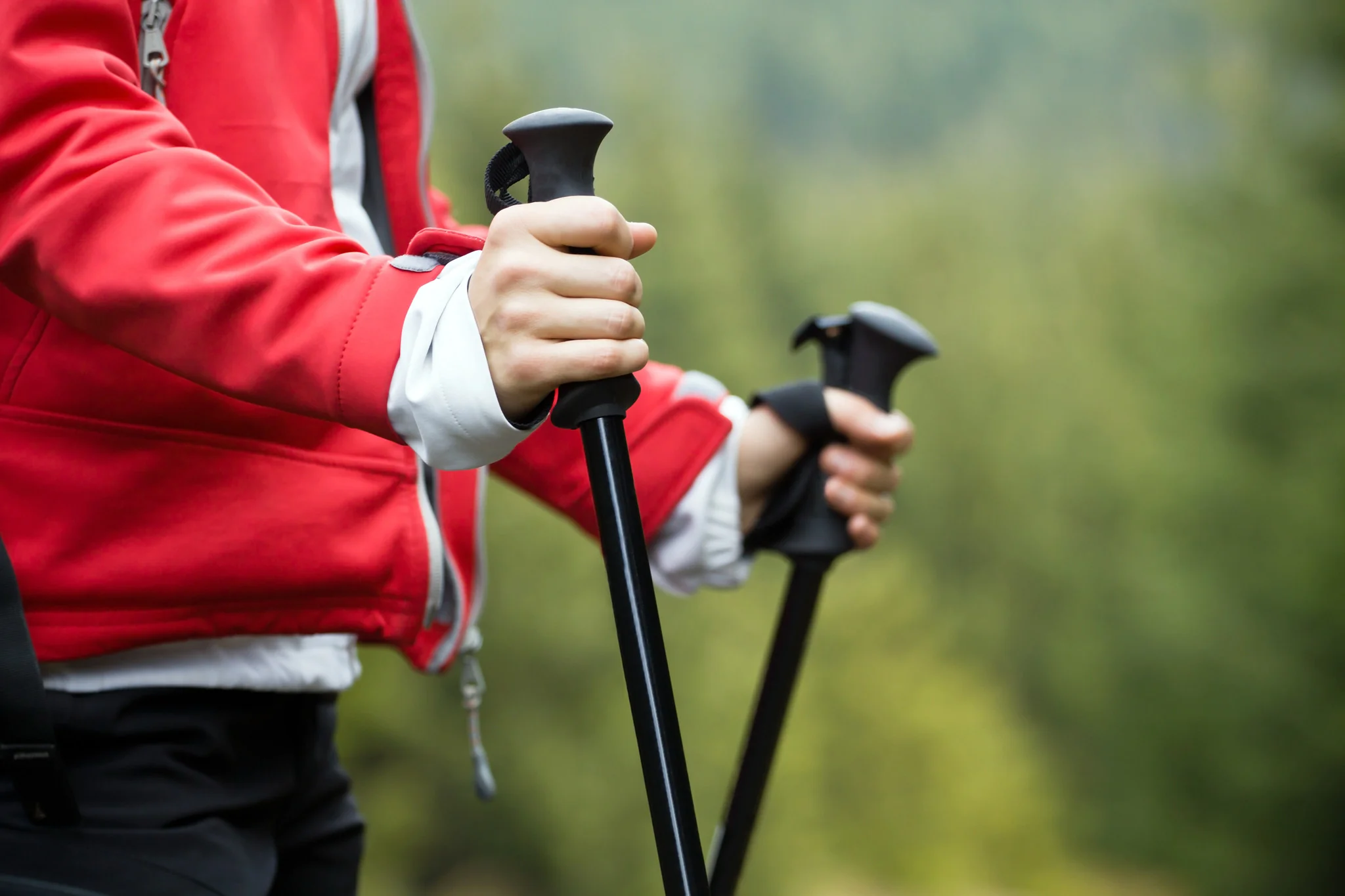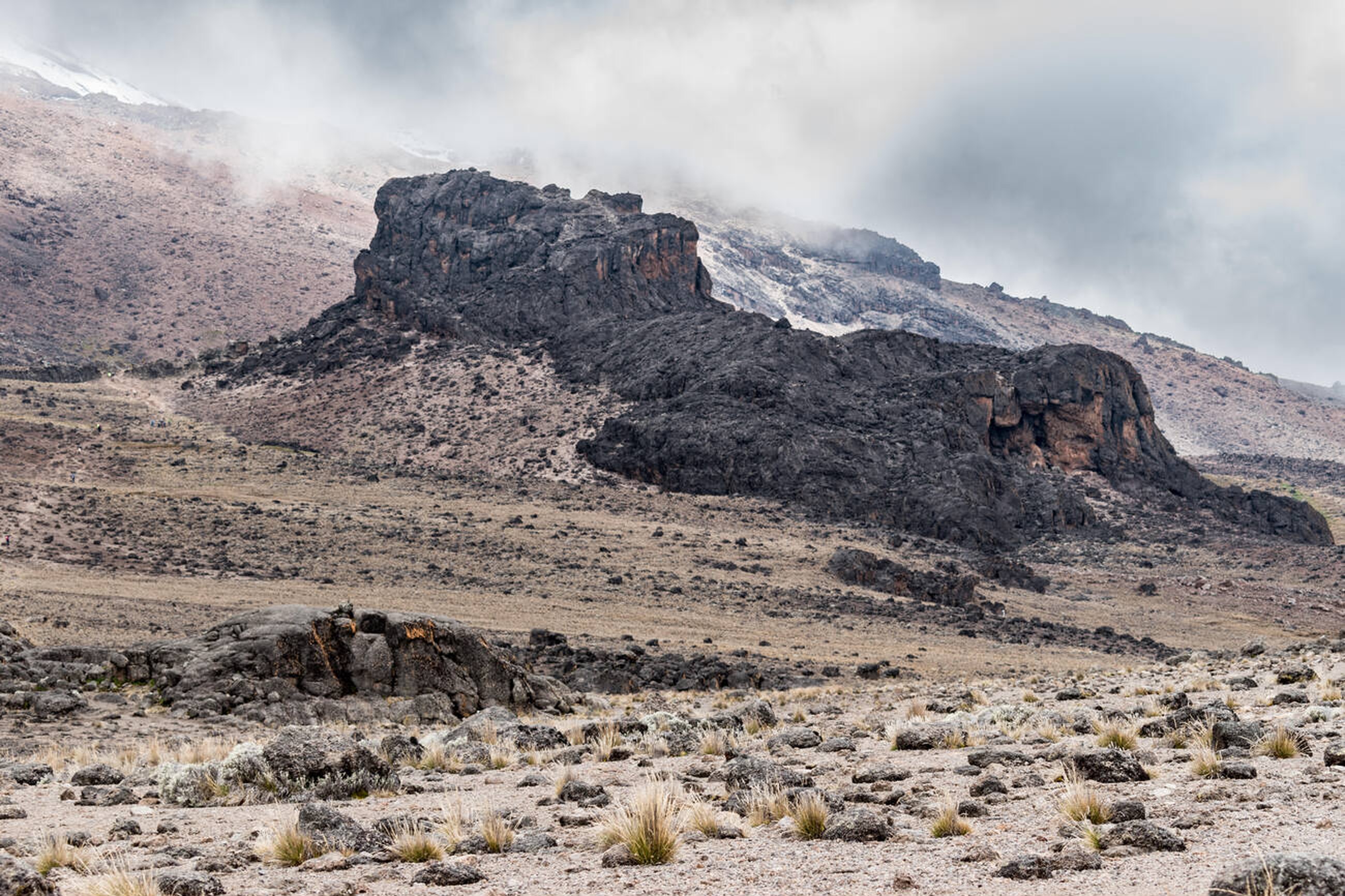Mastering Your Kilimanjaro Climb
Climbing Mount Kilimanjaro (5,895m/19,341ft) is a non-technical but physically demanding adventure. Altitude, endurance, and preparation are key challenges. With a 95%+ summit success rate across 20,000+ ascents since 2021, Kilisherpas Travel shares proven strategies to ensure your 2025 climb to Uhuru Peak is a triumph. From training to mindset, here’s how to succeed.
1. Train Smart: Build Endurance for the Trek
Kilimanjaro’s daily hikes (4–6 hours, 12–14 hours on summit day) require stamina, not speed. Focus on endurance training to prepare your body.
- Hiking Practice: Hiking is the best prep, mimicking Kilimanjaro’s terrain. Start with 2–3-hour hikes, building to 6–8 hours with a 10–15kg (22–33lb) backpack.
- Other Exercises: Running, cycling, or weightlifting (squats, lunges) complement hiking. Aim for 3–4 sessions weekly, 3–6 months pre-climb.
- Altitude Simulation: If possible, hike at elevation (e.g., local hills) to mimic Kilimanjaro’s conditions.
- Summit Day Prep: Train for long durations (8+ hours) to handle summit night’s 12–14-hour push.
Kilisherpas Tip: Use our Training Guide for a 12-week plan. Test gear during training to ensure comfort.
2. Stay Hydrated: Combat Altitude Dehydration
High altitude accelerates dehydration, increasing risks of headaches, fatigue, and Acute Mountain Sickness (AMS). Proper hydration is critical.
- Daily Intake: Drink 3–4L of water while hiking, plus 1L before/after daily treks. Kilisherpas provides treated stream water at camps.
- Gear: Carry a 3L water bladder (e.g., Platypus, ~$30) for sipping on the move. Add a 1L bottle as backup (bladders may freeze near summit).
- Electrolytes: Use electrolyte packets (e.g., Nuun, ~$8) in bottles for flavor and balance. Avoid adding to bladders to prevent mold.
- AMS Prevention: Hydration reduces headache severity and AMS symptoms.
3. Pace Yourself: Pole Pole for Acclimatization
“Pole pole” (Swahili for “slowly, slowly”) is Kilimanjaro’s mantra. A steady pace maximizes acclimatization and conserves energy.
- Daily Trekking: Walk at a conversational pace (heart rate ~100–120 bpm) to allow oxygen adaptation. Rushing increases AMS risk.
- Summit Night: Use rest-stepping (step, pause, step) to save energy, breathing deeply (in nose, out mouth). Guides set a slow rhythm.
- Route Choice: Longer routes like 8-day Lemosho (95% success) or 8-day Northern Circuit allow gradual acclimatization vs. 5-day routes (44% success).
Kilisherpas Tip: Trust your guides’ pace. Enjoy views to stay relaxed and focused.
4. Gear Up: Essential Equipment for Success
Proper gear prevents blisters, cold, and discomfort, especially on summit night (see Summit Night Packing Guide).
- Footwear: Waterproof, broken-in boots (e.g., Salomon X Ultra, ~$150) with thermal socks (e.g., Darn Tough, ~$30) and liners to prevent blisters.
- Clothing: Layer with moisture-wicking base layers, fleece, down jacket (rent for $65), and waterproof shell. Balaclava and ski mittens for summit night.
- Accessories: Headlamp (200+ lumens), polarized sunglasses, SPF 50+ sunscreen/lip balm.
- Backpack: 20–30L daypack for water, snacks, and layers.
Tip: Test all gear on training hikes. Rent jackets or sleeping bags via Kilisherpas to save costs.
5. Eat Well: Fuel Your Climb
Altitude suppresses appetite, but calories are crucial for energy.
- Meals: Kilisherpas provides high-calorie, fresh meals (e.g., pasta, soups) at camps. Eat even if not hungry.
- Snacks: Pack high-calorie, non-perishable favorites (nuts, protein bars, hard candy, chocolate). Avoid items that melt or freeze.
- Summit Night: Munch snacks hourly to maintain energy (e.g., 200–300 kcal per snack).
Tip: Bring comfort foods from home for morale boosts. Our hot lunches are a climber favorite!
6. Sleep Well: Recover and Acclimate
Sleep aids recovery and acclimatization, though jet lag and altitude can disrupt it.
- Routine: Follow Kilimanjaro’s rhythm—wake, eat, hike, eat, sleep. Aim for 6–8 hours nightly.
- Tips: Use earplugs and an eye mask for better rest. Improving sleep by day 3–4 signals acclimatization.
- Gear: Warm sleeping bag (-18°C rating, rent for $50) and inflatable mat for comfort.
Kilisherpas Tip: Relax in camp with teammates to reduce stress and improve sleep quality.
7. Stay Positive: Mindset Matters
A strong mental attitude overcomes fatigue and doubt.
- Visualization: Picture standing on Uhuru Peak to stay motivated.
- One Step at a Time: Focus on the next step, not the entire climb.
- Team Support: Bond with climbers and guides for encouragement. Swahili songs like Jambo Bwana lift spirits.
- Summit Night: Remind yourself, “I’m tougher than I think.” 95% of our 8-day climbers succeed.
8. Choose the Right Route: Maximize Success
Longer routes increase summit success by allowing better acclimatization:
- 8-day Lemosho Route: 95% success, scenic, less crowded, uses Kosovo Camp.
- 8-day Northern Circuit: 90% success, longest route, excellent acclimatization.
- 7-day Routes: 80% success (e.g., Machame, Lemosho).
- 5–6-day Routes: 44–65% success; riskier for AMS.
Why Longer Routes? Extra days reduce AMS risk and fatigue. Avoid shorter routes to save money—failed summits cost more emotionally and financially.
Why Climb with Kilisherpas Travel?
- High Success Rate: 95% on 8-day routes with Kosovo Camp (see Kosovo Camp Advantage).
- Safety: WFR-certified guides, twice-daily health checks, oxygen, and helicopter evacuations.
- Ethics: KPAP-compliant, supporting porters and communities.
- Support: Pre-trip training plans, gear rentals, and mindset coaching.
Ready to Summit Kilimanjaro?
A successful Kilimanjaro climb combines training, hydration, pacing, gear, nutrition, sleep, and mindset. Kilisherpas Travel maximizes your chances with expert guides and proven itineraries. Book your climb, download our Packing List, or explore our hiking tours.


